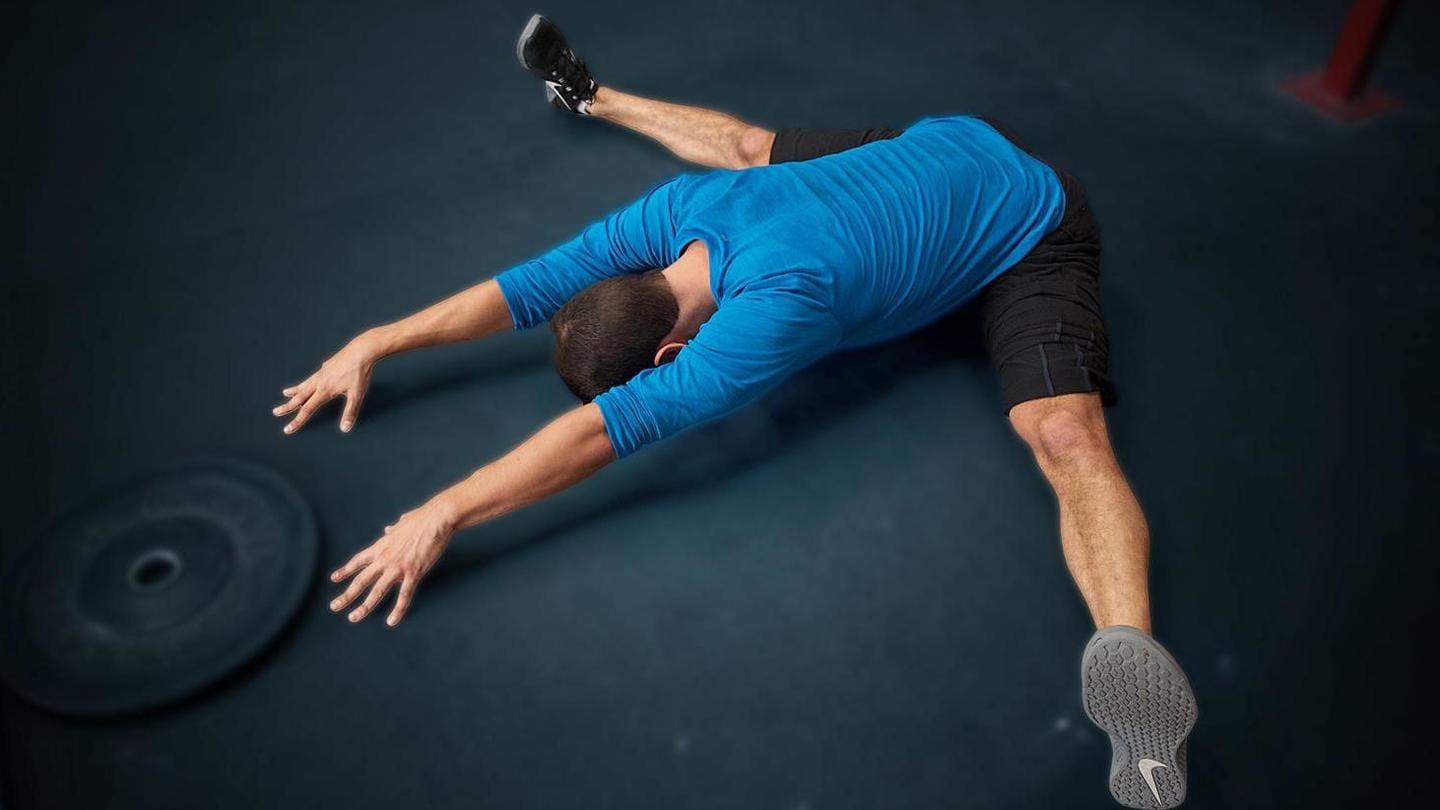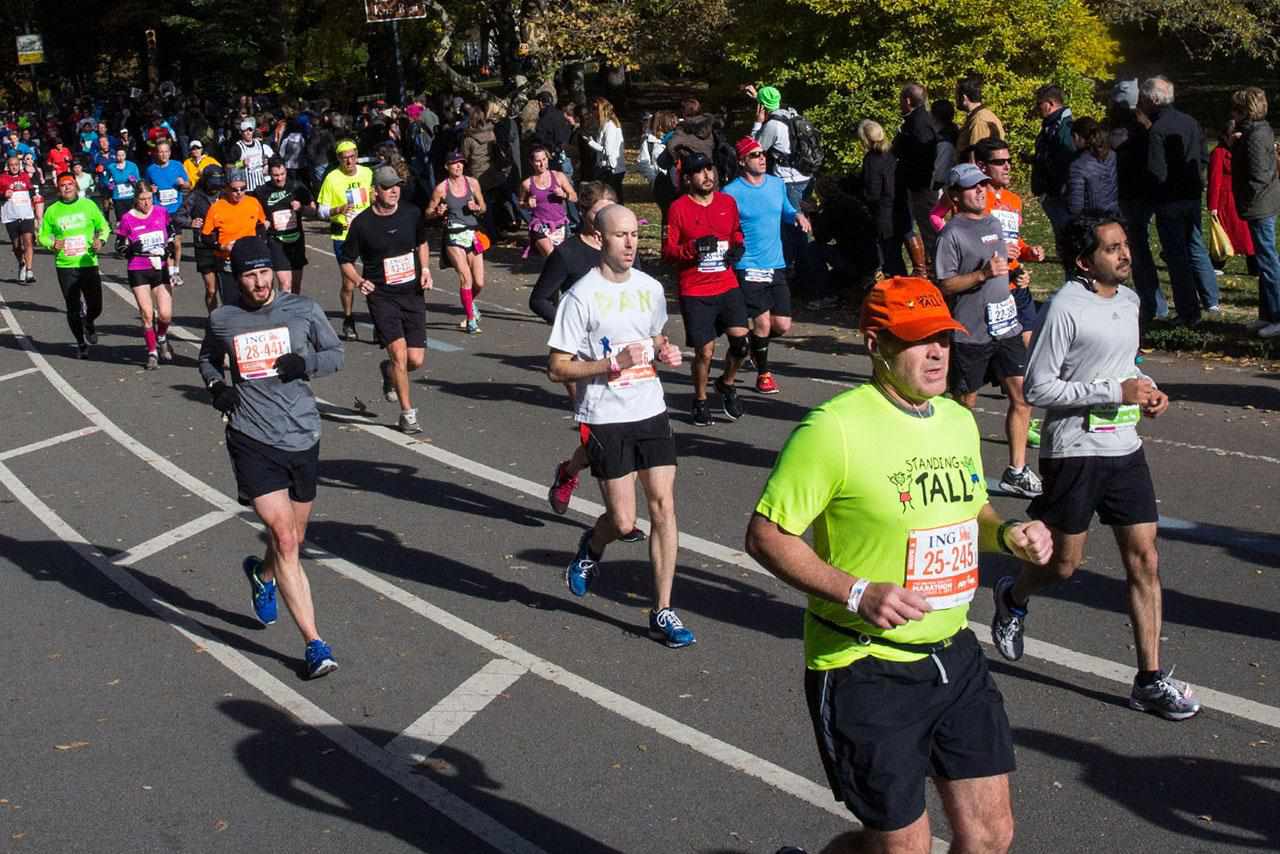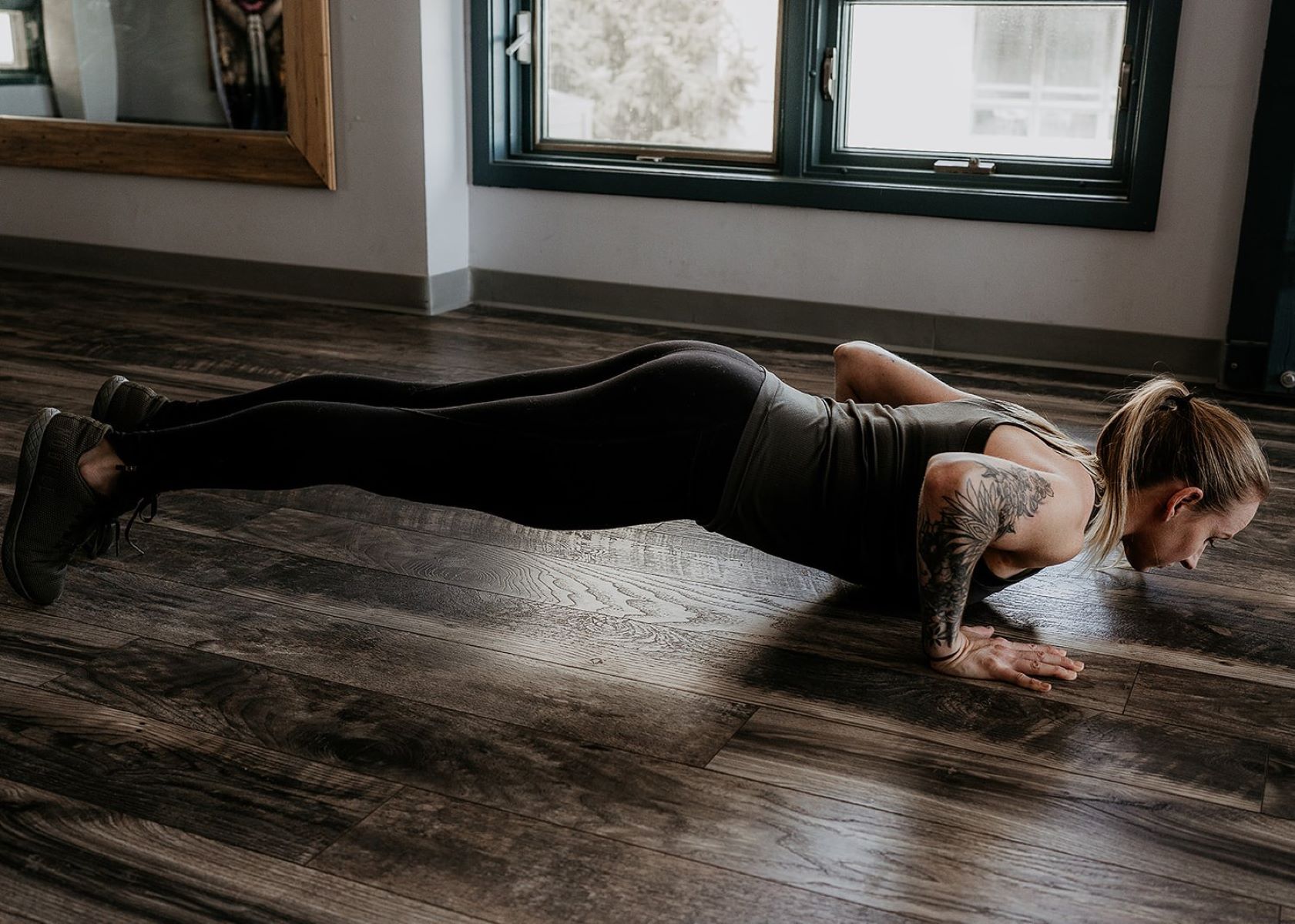

Featured
What Is Ballistic Stretching Exercise
Published: October 8, 2023
Learn about the featured ballistic stretching exercise for maximum flexibility and muscle activation. Enhance your workout routine with this effective technique.
Introduction
Stretching exercises are an essential component of any fitness routine. They help improve flexibility, prevent injuries, and enhance athletic performance. One popular type of stretching method is ballistic stretching. In this article, we will explore what ballistic stretching is, the benefits it offers, safety considerations, and provide examples of ballistic stretching exercises.
Ballistic stretching is a form of stretching that involves dynamic and rapid movements. Unlike static stretching, where a position is held for a prolonged period, ballistic stretching uses the momentum of a bouncing or swinging movement to extend the muscles beyond their normal range of motion.
This type of stretching puts an emphasis on power and explosiveness, making it popular among athletes in sports that require quick and forceful movements. It is often incorporated into warm-up routines before activities such as sprinting, jumping, or martial arts.
While ballistic stretching can be effective for certain individuals and sports, it is important to understand the benefits and risks associated with it. This article aims to provide you with the necessary information to make an informed decision about incorporating ballistic stretching into your fitness routine.
What is ballistic stretching?
Ballistic stretching is a type of stretching exercise that involves rapid and dynamic movements to stretch the muscles. Unlike static stretching, where a stretch is held for an extended period, ballistic stretching uses the momentum generated from bouncing or swinging motions to push the muscles beyond their normal range of motion.
The primary goal of ballistic stretching is to improve flexibility and increase the muscle’s ability to generate explosive power. It is commonly used by athletes and individuals participating in sports that require quick and forceful movements, such as sprinting, martial arts, and basketball. By incorporating ballistic stretching into their warm-up routine, athletes can prepare their muscles for the demands of their activity more effectively.
During ballistic stretching exercises, the muscles are elongated through a bouncing or swinging motion. For example, a ballistic hamstring stretch may involve flexing the hip and then quickly extending the leg forward, using the momentum to increase the stretch. Similarly, a ballistic shoulder stretch may involve swinging the arms in a circular motion to stretch the shoulder muscles.
It is important to note that ballistic stretching should only be performed by individuals who have a good level of flexibility and muscular control. Beginners or individuals with limited flexibility should avoid ballistic stretches as they can lead to muscle strains or other injuries if not executed properly.
There is some debate among experts about the effectiveness of ballistic stretching and whether it should be included in a regular stretching routine. While it can provide benefits to athletes and individuals involved in explosive sports, caution should be exercised, and proper technique should be followed to minimize the risk of injury.
It is also worth mentioning that ballistic stretching is different from dynamic stretching. Dynamic stretching involves controlled, rhythmic movements that take a joint or muscle through its full range of motion. Unlike ballistic stretching, dynamic stretching is performed in a controlled manner without the use of bouncing or swinging motions.
In the following sections, we will explore the benefits and risks of ballistic stretching and provide examples of some ballistic stretching exercises that can be incorporated into your fitness routine.
Benefits of ballistic stretching
Ballistic stretching offers a range of benefits for individuals who incorporate it into their fitness routine, particularly for athletes and those involved in activities that require explosive movements. Here are some of the main benefits of ballistic stretching:
- Improved flexibility: One of the primary benefits of ballistic stretching is its ability to improve flexibility. By utilizing rapid, dynamic movements, ballistic stretching helps to increase the range of motion in the muscles and joints. This increased flexibility can enhance athletic performance and reduce the risk of injury.
- Enhanced muscular power: Ballistic stretching focuses on generating power and force within the muscles. By incorporating quick and explosive movements, this type of stretching helps to activate the muscle fibers responsible for generating power and speed. This can be particularly beneficial for athletes in sports like track and field or martial arts.
- Increased joint mobility: Along with improving flexibility, ballistic stretching also helps to increase joint mobility. The rapid movements during ballistic stretches help to lubricate the joints and improve their overall range of motion. This can be especially advantageous for individuals who have tight or stiff joints.
- Enhanced athletic performance: The combination of increased flexibility, improved muscular power, and enhanced joint mobility all contribute to improved athletic performance. By incorporating ballistic stretching into their warm-up routine, athletes can optimize their muscle activation and movement patterns, leading to better performance in their respective sports.
- Efficient warm-up routine: Ballistic stretching is often used as part of a warm-up routine before engaging in explosive activities. The dynamic and rapid movements involved in ballistic stretches help to increase blood flow to the muscles, raise body temperature, and prepare the body for the demands of physical activity. This can help to reduce the risk of injury and improve overall performance.
While ballistic stretching offers these benefits, it is important to note that it may not be suitable for everyone. Individuals with pre-existing injuries or limitations in flexibility should consult with a healthcare professional before incorporating ballistic stretching into their routine. Additionally, proper technique and progression should be followed to minimize the risk of injury. In the next section, we will discuss some safety considerations related to ballistic stretching.
Risks and safety considerations
While ballistic stretching can provide various benefits, it is important to understand the potential risks and safety considerations associated with this type of stretching. Here are some key points to keep in mind:
- Injury risk: Ballistic stretching involves rapid and forceful movements that can place strain on the muscles, tendons, and joints. This can increase the risk of muscle strains, sprains, or other soft tissue injuries. It is crucial to use proper technique and gradually progress to more advanced ballistic stretches to minimize the risk of injury.
- Pre-existing conditions: Individuals with pre-existing musculoskeletal conditions, such as tendonitis or joint instability, should approach ballistic stretching with caution. It is essential to consult with a healthcare professional or a qualified trainer before engaging in ballistic stretching to ensure that it is safe and appropriate for your specific condition.
- Flexibility requirements: Ballistic stretching requires a certain level of flexibility to perform safely and effectively. Beginners or individuals with limited flexibility should focus on improving their flexibility through other stretching methods, such as static or dynamic stretching, before attempting ballistic stretches. Building a foundation of flexibility will help prevent injury during ballistic stretching exercises.
- Individual limitations: Each individual has different physical capabilities and limitations. It is important to listen to your body and respect its limits when performing ballistic stretches. If you experience pain or discomfort during any movement, it is advisable to stop and reassess your technique or seek guidance from a fitness professional.
- Proper technique: Proper technique is crucial in ballistic stretching to avoid injury. It is recommended to work with a qualified trainer or experienced individual who can teach you the correct form and guide you through the exercises. Following proper technique includes maintaining control throughout the movement, avoiding excessive bouncing, and staying within a comfortable range of motion.
By being aware of these risks and safety considerations, individuals can make informed decisions about incorporating ballistic stretching into their fitness routine. It is crucial to prioritize safety and gradually progress in difficulty and intensity to avoid potential injuries. In the next section, we will provide examples of ballistic stretching exercises that can be incorporated into your routine, while keeping safety in mind.
Examples of ballistic stretching exercises
When incorporating ballistic stretching into your fitness routine, it is important to choose exercises that target the specific muscle groups you want to stretch. Here are a few examples of ballistic stretching exercises that can be incorporated into your routine:
- Leg swings: Stand next to a wall or a stable object for support. Swing one leg forward and backward in a controlled and dynamic motion, gradually increasing the range of motion with each swing. Alternate legs and perform around 10 swings for each leg. This exercise targets the hamstrings, hip flexors, and quadriceps.
- Arm circles: Stand with your feet shoulder-width apart. Extend your arms out to the sides and make large circles in a forward or backward motion. Start with small circles and gradually increase the size and speed of the movement. Perform around 10 circles in each direction. This exercise targets the shoulder muscles and improves upper body mobility.
- Walking lunges with a twist: Perform walking lunges by stepping forward with one leg while simultaneously twisting your upper body towards the forward leg. Alternate legs and perform around 10 lunges for each leg. This exercise targets the quadriceps, hamstrings, glutes, and improves thoracic mobility.
- Ankle bounces: Stand with your feet hip-width apart. Quickly bounce up and down on your toes, using the calf muscles to generate the movement. Perform this exercise for about 30 seconds. Ankle bounces help to warm up the lower leg muscles and improve ankle flexibility.
- Trunk rotations: Stand with your feet shoulder-width apart and extend your arms to the sides. Rotate your upper body from side to side, moving dynamically and allowing your arms to swing with the movement. Perform around 10 rotations in each direction. This exercise targets the obliques, core muscles, and improves spinal mobility.
It is important to remember that ballistic stretching should be performed with caution and proper technique. Start with low-intensity movements and gradually increase the intensity and range of motion as your body becomes more accustomed to the exercises.
Additionally, always warm up the body with some light aerobic activity before attempting ballistic stretching exercises. This will increase blood flow, warm up the muscles, and prepare them for the dynamic movements involved in ballistic stretching.
As with any stretching routine, listen to your body and stop any exercise that causes pain or discomfort. If you are unsure about how to perform ballistic stretching exercises correctly, seek guidance from a qualified fitness professional or trainer.
By incorporating these examples of ballistic stretching exercises into your routine, you can improve your flexibility, enhance your athletic performance, and reduce the risk of injuries during explosive activities.
Conclusion
Ballistic stretching is a dynamic and rapid form of stretching that offers several benefits for individuals looking to improve their flexibility and enhance their athletic performance. By utilizing the momentum generated from bouncing or swinging motions, ballistic stretching helps to push the muscles beyond their normal range of motion and activate the muscle fibers responsible for explosive power.
While ballistic stretching can be beneficial for athletes and those involved in activities that require quick and forceful movements, it is crucial to approach it with caution. Risks and safety considerations, such as the potential for injury, pre-existing conditions, and individual limitations, should be taken into account. Proper technique, gradual progression, and consultation with healthcare professionals or fitness trainers are essential to ensure the safety and effectiveness of ballistic stretching exercises.
Incorporating examples of ballistic stretching exercises into your fitness routine can help improve flexibility, increase joint mobility, enhance muscular power, and optimize warm-up routines. However, it is important to start with low-intensity movements, warm up the body adequately, and listen to your body’s limits to prevent injury.
Remember, ballistic stretching is just one method of stretching and may not be suitable for everyone. It is important to choose stretching techniques that align with your goals, fitness level, and personal preferences. Experiment with different stretching methods and find what works best for you.
By understanding the principles, benefits, risks, and proper techniques of ballistic stretching, you can make informed choices about incorporating it into your fitness routine. Always prioritize safety, listen to your body, and seek professional guidance as needed.
So, whether you’re an athlete looking to improve performance or someone looking to increase flexibility, ballistic stretching can be a valuable addition to your fitness regimen. Explore the possibilities and enjoy the benefits of this dynamic and engaging form of stretching!







